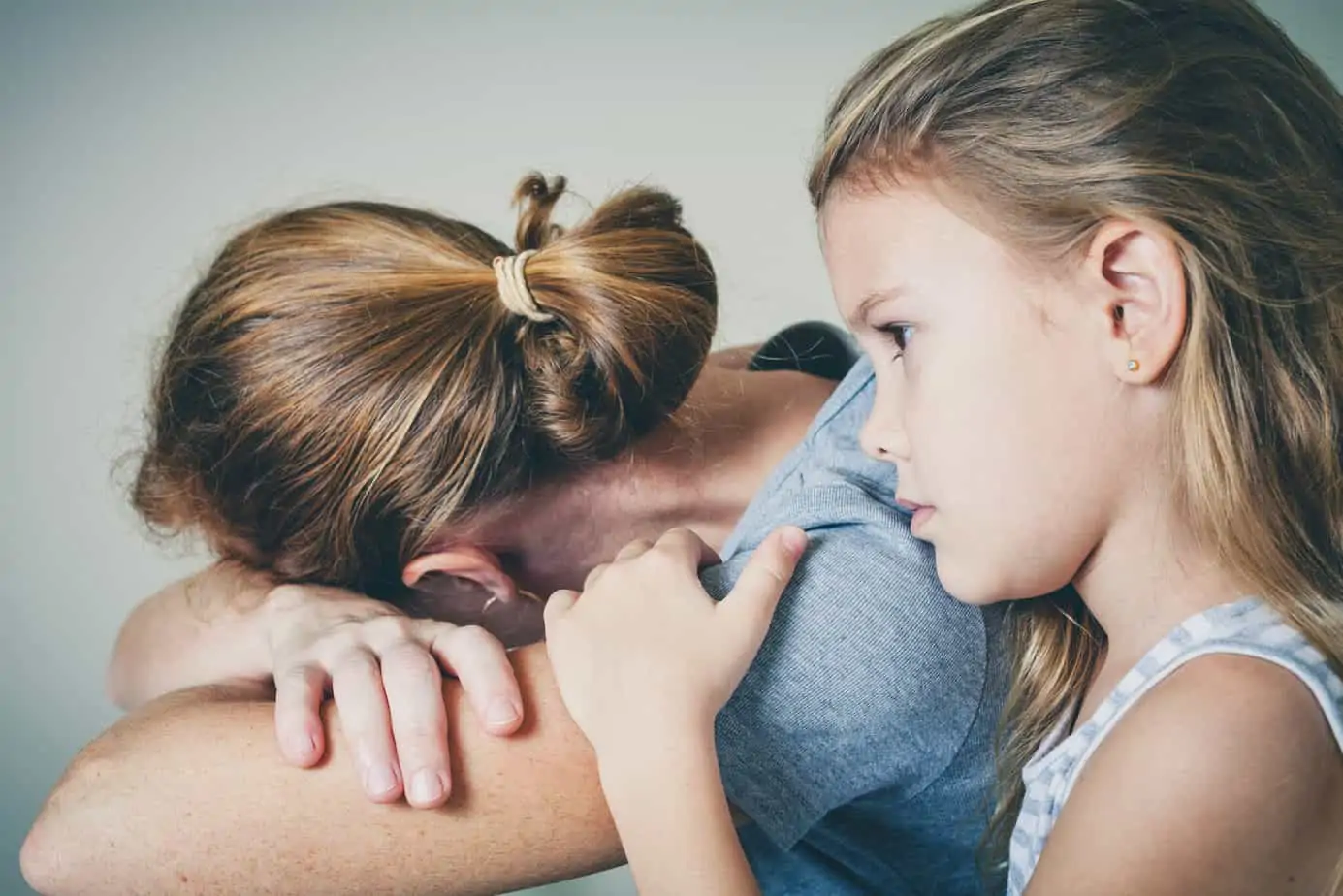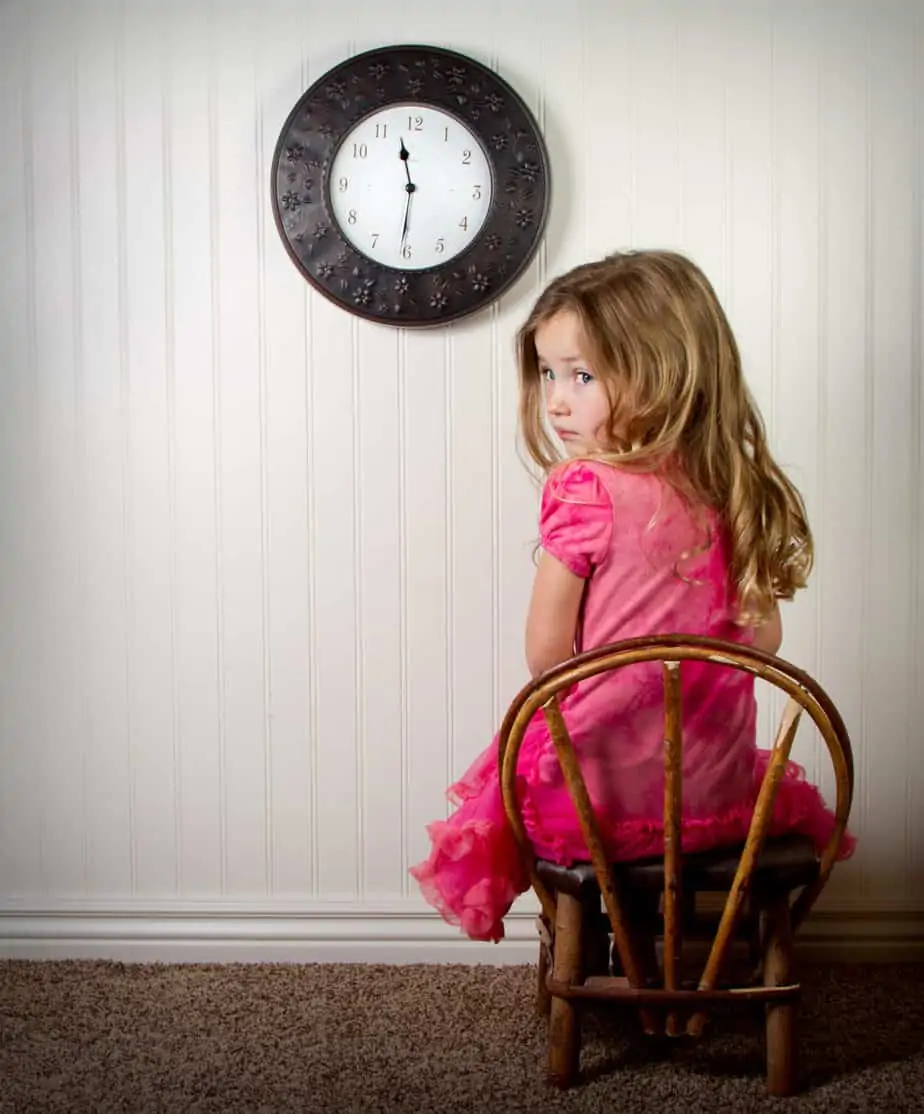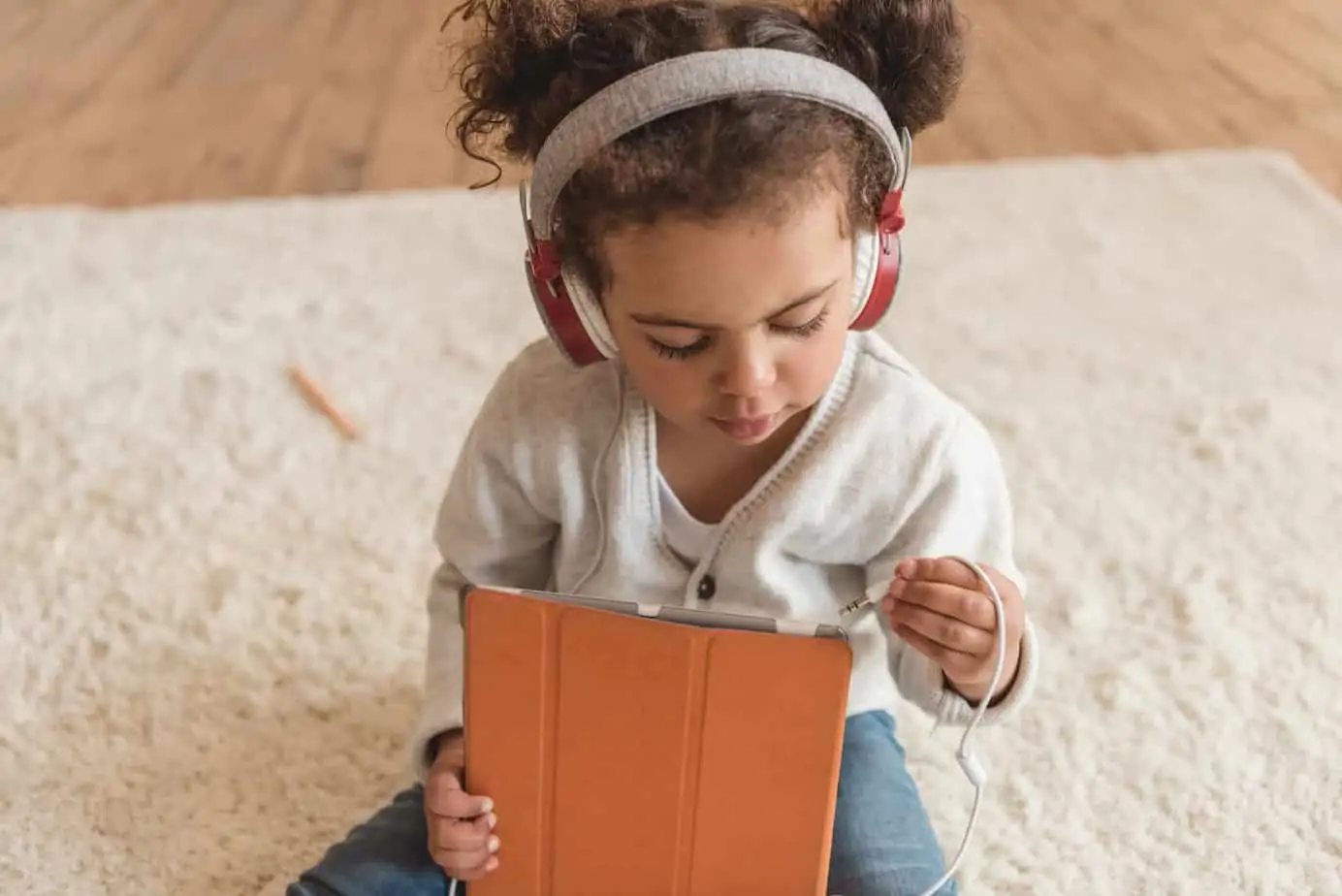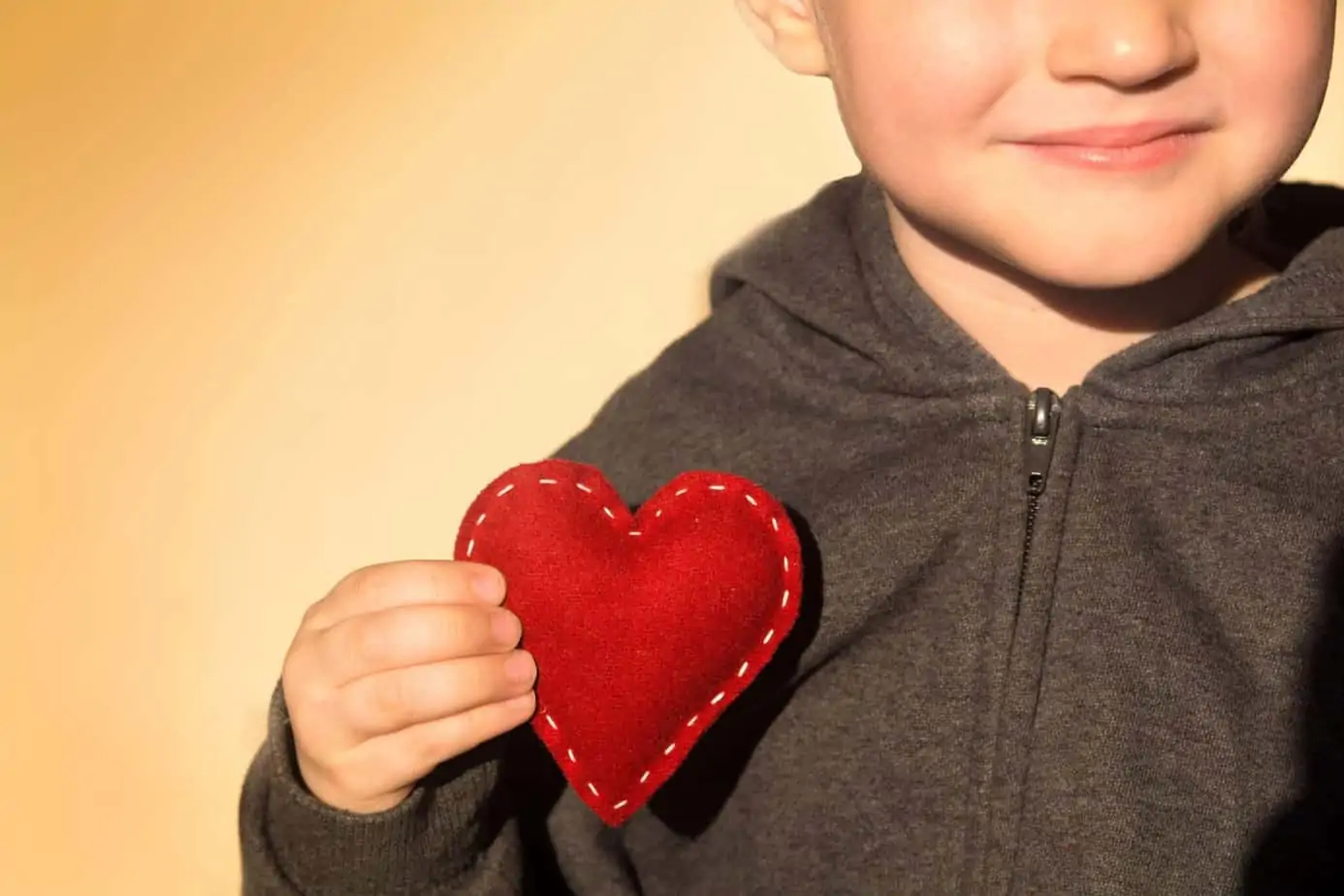How to learn from your anger, frustration or want to stop yelling at your kids. What your anger is trying to tell you and how to learn from it to do better.
Ready to make BIG changes and turn down the yelling all the way? Calm Parenting: Learning to Stop Yelling as helped hundreds of parents already. See what all the fuss is about and how this ecourse retrains the brain for calm, patient responses.
Not ready for the course? The beginner’s guide to stop yelling is the perfect way to dip your toe in to making a change.
Why Anger Isn’t a Bad Thing
There’s a lot of talk, especially when we talk about taking a positive parenting approach, about the importance of staying calm.
I even have a course called Calm Parenting:Learn How to Stop Yelling, but even though it references calm parenting, the course isn’t about being perfect and staying calm 100% of the time.
That’s not the goal and that’s not what calm parenting is.
Yes, I know it’s possible to stop yelling, but to stay calm 100% of the time?
We’re human after all, not robots and suppressing our emotions only adds fuel to the fire.
The down side of all this talk about being a calm parent is that when you feel overwhelmed or you’ve just raised your voice, and then you lose your cool… it can make you feel guilty, or worse, like you’ve failed.
The little voice in your head tells you things like…
- “You’re not a good parent!”
- “Why can’t you act like an adult and be in control?”
- “What is wrong with you!?”
- “You’re hurting your kids, why can’t you just stop!”
- “You’re failing as a parent!”
Part of being human means we have a lot of feelings and we often suppress them, we just keep pushing them down again and again, and again… until there’s no where else for them to go than out.
There’s no denying staying calm is powerful.
When you’re constantly berating yourself for yelling or not staying calm with your children, then trying to stay calm becomes an undesirable chore.
The problem with this, is that instead of genuinely trying to find a calm response within yourself and also responding to your child’s big emotions with empathy, is that staying calm turns into a show of shoving down your feelings for appearance sake, instead of a genuine response.
Plus, there’s a helpful printable checklist that’ll help you understand your anger at the bottom of this article. Don’t forget to download it once you read about how to learn from your emotions.
How to Learn From Your Anger
Some of these feelings I’m talking about today include anger, frustration, and overwhelm.
We’re wired so that our brains respond to people’s feelings who we’re around, and that makes it vent more challenging to stay calm when our kids are having a hard time.
If you’re struggling with anger, good news.
You’re normal, and not alone. I promise.
Right now, I want to tell you it’s OK to feel angry and mad because there are benefits to recognizing these emotions.
Yep, I just said that being angry isn’t bad and it doesn’t make you a bad parent.
Emotions are helpful because they give you information.
Think of them like freeways carrying carloads of information.
When you feel happy, excited, and loved, but also sad, mad, frustrated and worried, the cars send messages to your brain telling you how to feel, how to act, and how to react.
Sometimes we get cars with sirens and flashing lights and these kinds of vehicles are simply trying to tell you something isn’t right.
When you experience these emotions – anger, frustration, impatience, stress, etc. – it’s important for you to take the time to learn and grow from these heated situations by digging into the information your emotions are feeding you.
Once you understand where these emotions come from and why they trigger you, then you can move forward and gain confidence to do better in the future.
Learning From Your Anger
As parents, we work hard to teach our children about emotions and see their emotional intelligence as a critical part of their development.
The thing is, learning from emotions is a life-long practice.
When you’re willing to learn from experiences and triggering situations, you can find out a lot of information.
Here are a few benefits to looking at what information anger, frustration, yelling, stress, feeling threatened and other “bad” emotions are trying to tell you.
- It show you what triggers you
- It shows you areas you need more support
- It shows you personal hurts from childhood
- It shows you places of insecurity
- It show you where a boundary has been crossed
- It show you where you have wounds that still aren’t healed (emotionally)
- It shows you what needs to be changed or explored further
- It shows you where you need more connection or feel lonely or isolated
Emotions are like an iceberg.
What you see on the surface is the emotion that comes out – your anger, frustration, stress of being late. etc.
What you don’t see when you look at an iceberg, is what’s hidden under the surface.
This is the missing information you have to find when you dig into your emotions and want to decode where your anger comes from, what triggers you, and how to take positive steps forward.
Finding What’s Under Your Anger
When we’re in a heightened state of emotion, we often want to move forward, but how often do we use the information our emotions are giving us to better ourselves for the future and in a positive way?
The next time you find yourself upset, once you feel calm, take a few minutes to explore the information around your emotions including:
- What your environment was like before you got angry?
- What was your mood like before, during and after?
- What your day was like leading up to the situation?
- How did your body feel before, during and after?
- Parenting factor – are you alone, isolated, supported, solo parenting?
- What clues did your body give you as you began to get worked up and before you yelled?
- Flashbacks to previous situations, childhood, etc. that trigger iceberg emotions
When you explore what happened before, during and after your big feelings, you can find a few pieces of important information:
- What patterns did you find?
- What was the “real” trigger to your anger?
- What were the early warning signs your body gave you it was getting heated?
- What can you learn now to be ready for the future if the situation comes up again?
Use the Anger Discovery worksheet to write down your observations once you have calmed down. This may be an hour, or even a few hours after the incident, but the only thing that matters is the time you spend reflecting on what lead to your big feelings.
It’s important to know that there’s no right or wrong way to do this exercise. Every person’s anger and emotions are different. No two people have the same childhood, same environment, thoughts and feelings as you.
Now That You Know Why You Get Angry
When you’re going through this exercise, the best thing you can do to working towards genuinely staying calm is to be kind to yourself, especially when the little voice in your head puts you down, shames your parenting, or tries to make you feel guilty or like a bad parent.
Take a deep breath.
Use kind, empathetic and supporting words, just as you would to your child.
You are doing your best to move forward in a positive direction and that takes bravery and compassion with yourself.
Once you are able to identify a pattern to your triggers and anger, make a plan to for the next time a situation comes up. Then make a back-up plan, because sometimes when we’re trying to figure out what works, it’s a trial and error process and the first attempt may not be the best plan of action.
Being a calm parent is important and it’s helpful especially when you’re parenting through emotional situations with your kids, but it’s not the most important goal of parenting.
Situations, and emotions – even anger, can be helpful tools to being a calm parent, if you decide to learn from it.
Download This Printable Checklist to Help You Decode Your Anger
More Resources to Help You Stop Yelling & Be a Calm Parent
- New Ideas to Help You Practice Calm Parenting & Stop Yelling When You Feel Mad
- How to Discipline Kids Without Yelling: 7 Tools to Help
- 9 Positive Parenting Solutions for a Yell Free Home
- 5-Steps to Control Your Anger with Kids & Stay Calm
- Get Your Home in Order to be a Calm & Happy Mom
- Get Your Home in Order to be a Calm & Happy Mom
Want even more?
Shop All Parenting Resources
Shop all of our parenting resources from self-regulation tools and managing big emotions to building self esteem and confidence. There are resources for all seasons of life!









